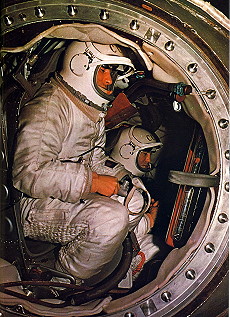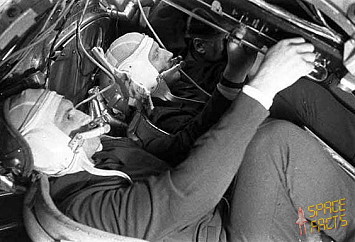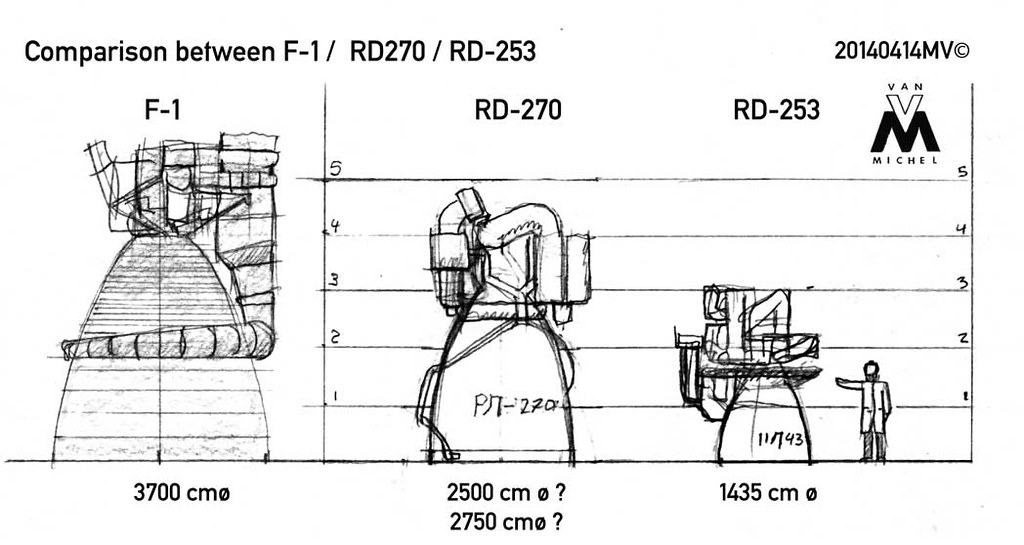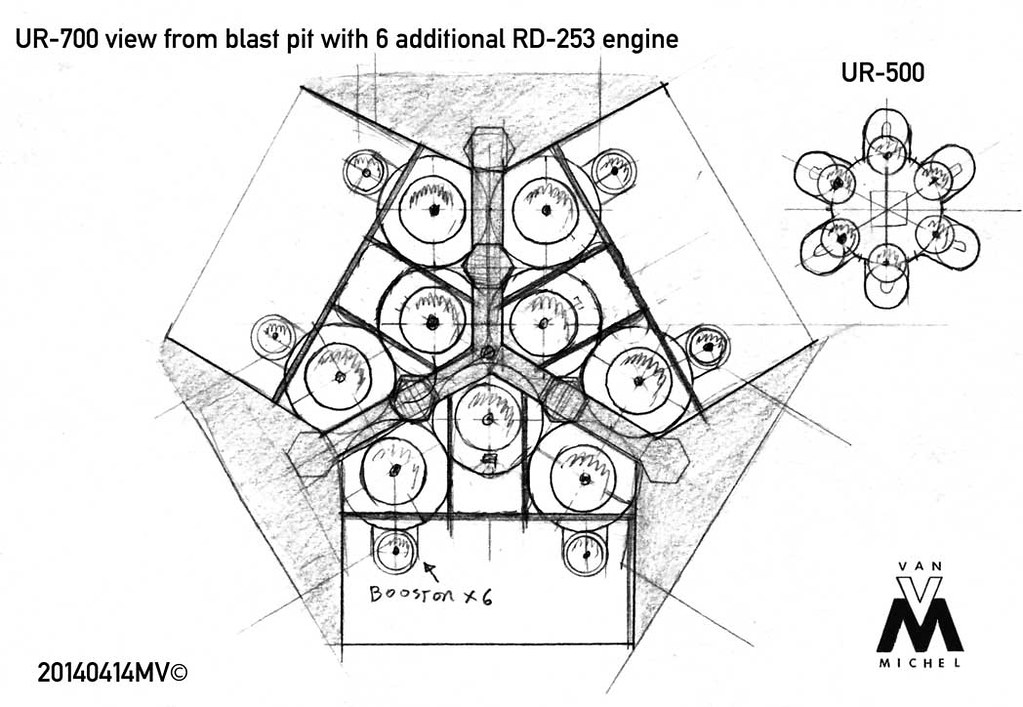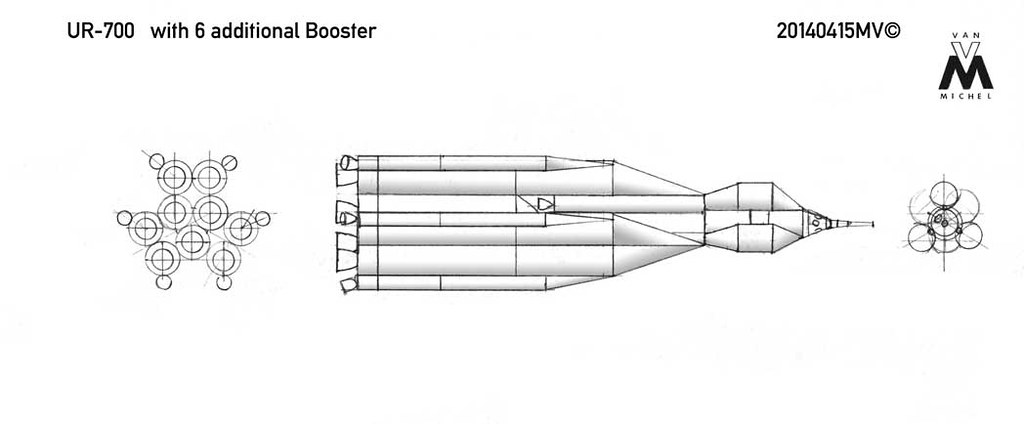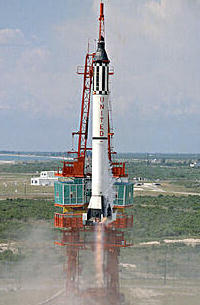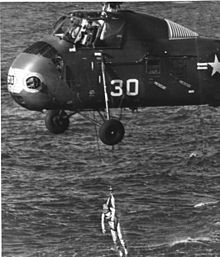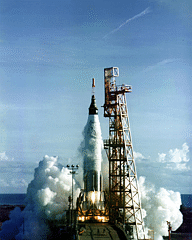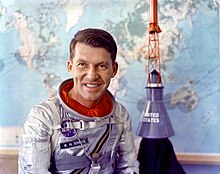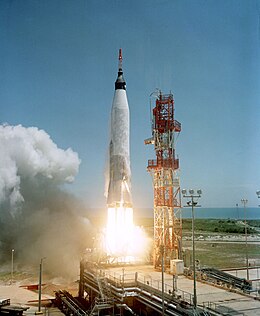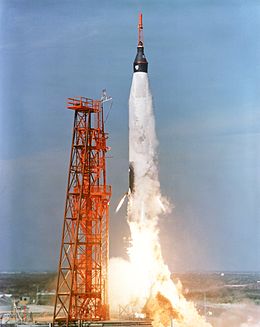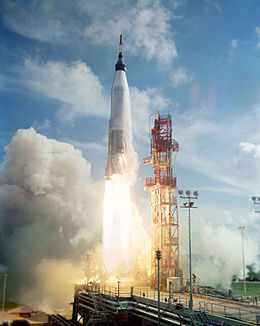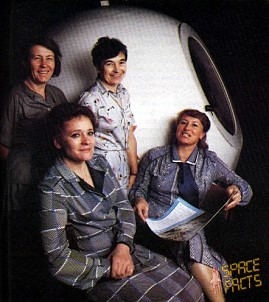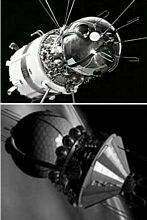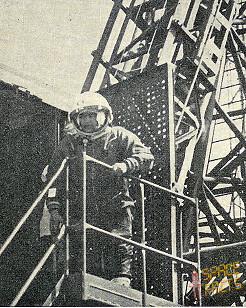How realistic would be this option ?
a RD-270 turbo pump feed 4x RD-253 combustion chamber
we had the NTO/UDMH analog to the RD-170 engine of Energia/Zenit
and we had advantage of fast R&D, Glushko can focus on RD-253 engine problems.
no extrem combustion chamber pressure of 281 bar (3,828 psi) but on 147 bar (2,132 psi) with option to rise the pressure to 169 bar (2,450 psi)
that push the thrust (sea level) to 6352 KN pro engine block
a RD-270 turbo pump feed 4x RD-253 combustion chamber
we had the NTO/UDMH analog to the RD-170 engine of Energia/Zenit
and we had advantage of fast R&D, Glushko can focus on RD-253 engine problems.
no extrem combustion chamber pressure of 281 bar (3,828 psi) but on 147 bar (2,132 psi) with option to rise the pressure to 169 bar (2,450 psi)
that push the thrust (sea level) to 6352 KN pro engine block
